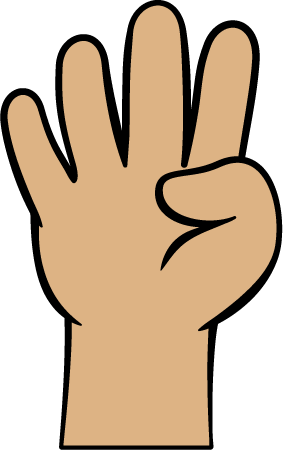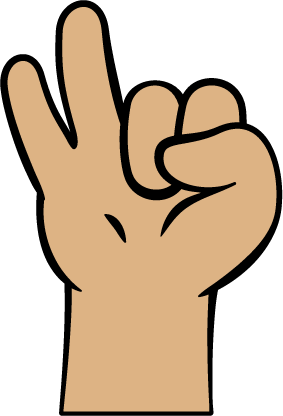Lesson 17
Add 0 and 1
Warm-up: Notice and Wonder: Add 1 More (10 minutes)
Narrative
Launch
- Groups of 2
- Display the image.
- “What do you notice? What do you wonder?”
- 1 minute: quiet think time
Activity
- “Discuss your thinking with your partner.”
- 1 minute: partner discussion
- Share and record responses.
Student Facing
What do you wonder?

Student Response
For access, consult one of our IM Certified Partners.
Activity Synthesis
- Point to the tower with 2 cubes and then to the tower with 3 cubes while saying “What changed from this tower to this tower?” (There are still 2 blue cubes, but 1 more yellow cube was put on top.)
- Point to the tower with 2 cubes and then to the tower with 3 cubes while saying “What expression can we write to show what changed from this tower to this tower?” (\(2 + 1\))
- “How many cubes do you think are in the last tower? How do you know?” (5. I counted them. I know that there is 1 more than the last tower, and 5 is one more than 4.)
Activity 1: Add 0 and 1 (10 minutes)
Narrative
Required Materials
Required Preparation
- Each group of 2 needs 1 connecting cube.
Launch
- Groups of 2
- Display a tower of 3 connecting cubes:

- “Mai has a tower with 3 cubes. Mai wants to add 0 cubes to the tower. What should Mai do?” (Nothing. When you add 0, you don’t add anything.)
- 30 seconds: quiet think time
- Share responses.
- Give each group of students a copy of the blackline master and a connecting cube. Give students access to connecting cubes and two-color counters.
- “Take turns with your partner. Roll the cube to figure out if you need to add 0 or 1. Fill in the expression.”
- “Find the value of the expression and write the number on the line. You can use objects or drawings if they are helpful.”
Activity
- 5 minutes: partner work time
Student Facing
\(4 + \underline{\hspace{1 cm}}\)

\(2 + \underline{\hspace{1 cm}}\)

\(8 + \underline{\hspace{1 cm}}\)

\(3 + \underline{\hspace{1 cm}}\)

\(9 + \underline{\hspace{1 cm}}\)

\(1 + \underline{\hspace{1 cm}}\)

Student Response
For access, consult one of our IM Certified Partners.
Activity Synthesis
- “In the next activity we will look at the expressions that one group wrote to see if we can notice any patterns.”
Activity 2: Notice + 0 and + 1 Patterns (10 minutes)
Narrative
The purpose of this activity is to notice the pattern that when 0 is added to a number, the number stays the same and the pattern that when 1 is added to a number, the total is the next number in the count sequence, or 1 more (MP7).
Advances: Conversing, Reading
Supports accessibility for: Conceptual Processing, Organization
Launch
- Groups of 2
- Display student book
- “Diego and Mai recorded their addition expressions and their values on this page. What do you notice? What do you wonder?” (They always added 1 or 0. Sometimes the first and last number are the same.)
- 30 seconds: quiet think time
- 1 minute: partner discussion
- Share and record responses.
Activity
- “Which expressions show that 0 were added?” (\(4 + 0\), \(2 + 0\), and \(8 + 0\))
- 30 seconds: quiet think time
- Share responses. Highlight or circle the expressions that show \(+ 0\).
- “When you played the game, what did you do when you had to add 0?” (Nothing. Zero means none so none were added.)
- 30 seconds: quiet think time
- 1 minute: partner discussion
- Share responses.
- “What do you notice about the value of the expressions when 0 are added?” (It stays the same.)
- 1 minute: quiet think time
- 1 minute: partner discussion
- Share responses.
- “When we add 0, the total is the same number that we started with, because nothing was added.”
- Repeat the steps above with \(+ 1\).
Student Facing
\(4 + 0\)
4

\(2 + 0\)
2

\(8 + 0\)
8

\(3 + 1\)
4

\(9 + 1\)
10

\(1 + 1\)
2

Student Response
For access, consult one of our IM Certified Partners.
Activity Synthesis
- “\(3 + 0\) is how many?” (\(3 + 0\) is 3.)
- “\(2 + 0\) is how many?” (\(2 + 0\) is 2.)
- “How do you know that \(2 + 0\) is 2?” (Because we didn’t add any more, so the 2 stayed the same.)
- Repeat with \(2 + 1\).
Activity 3: Introduce Find the Value of Expressions, Color the Total or Difference (25 minutes)
Narrative
The purpose of this activity is for students to learn stage 1 of the Find the Value of Expressions center. Students take turns choosing an expression card and finding the value of the expression. Students may use their fingers, connecting cubes, two-color counters, or draw a picture to find the value of the expression. After they participate in the center, students choose from any stage of previously introduced centers.
- Roll and Add
- Shake and Spill
- Number Race
- Math Stories
Required Materials
Materials to Gather
Materials to Copy
- Find the Value of Expressions within 10 Stage 1 Cards
- Find the Value of Expressions within 10 Stage 1 Recording Sheet
Required Preparation
- Gather materials from:
- Roll and Add, Stages 1 and 2
- Shake and Spill, Stages 1-3
- Number Race, Stage 1
- Math Stories, Stages 1 and 2
Launch
- Groups of 2
- Give each group of students a set of expression cards and access to connecting cubes and two-color counters. Give each student a recording sheet.
- “We are going to learn a center called Find the Value of Expressions. One partner will choose an expression card. The other partner will find the value of the expression. When you agree, color in the number on the recording sheet. Take turns choosing an expression card.”
Activity
- 8 minutes: partner work time
- “Now you can choose another center. You can also continue playing Find the Value of Expressions.”
- Display the center choices in the student book.
- Invite students to work at the center of their choice.
- 10 minutes: center work time
- If time, invite students to choose another center.
Student Facing
Choose a center.
Find the Value of
Expressions

Roll and Add
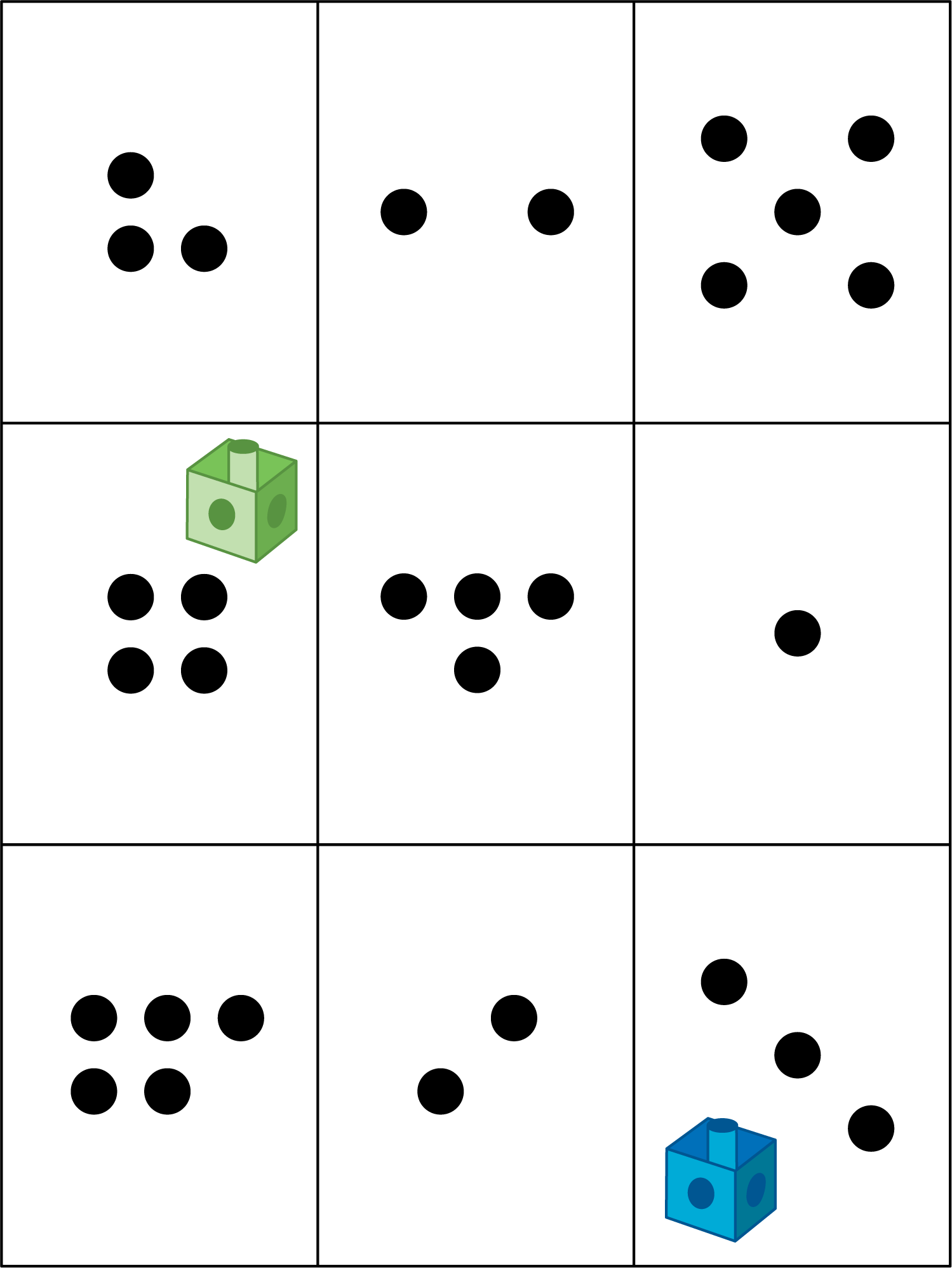
Shake and Spill
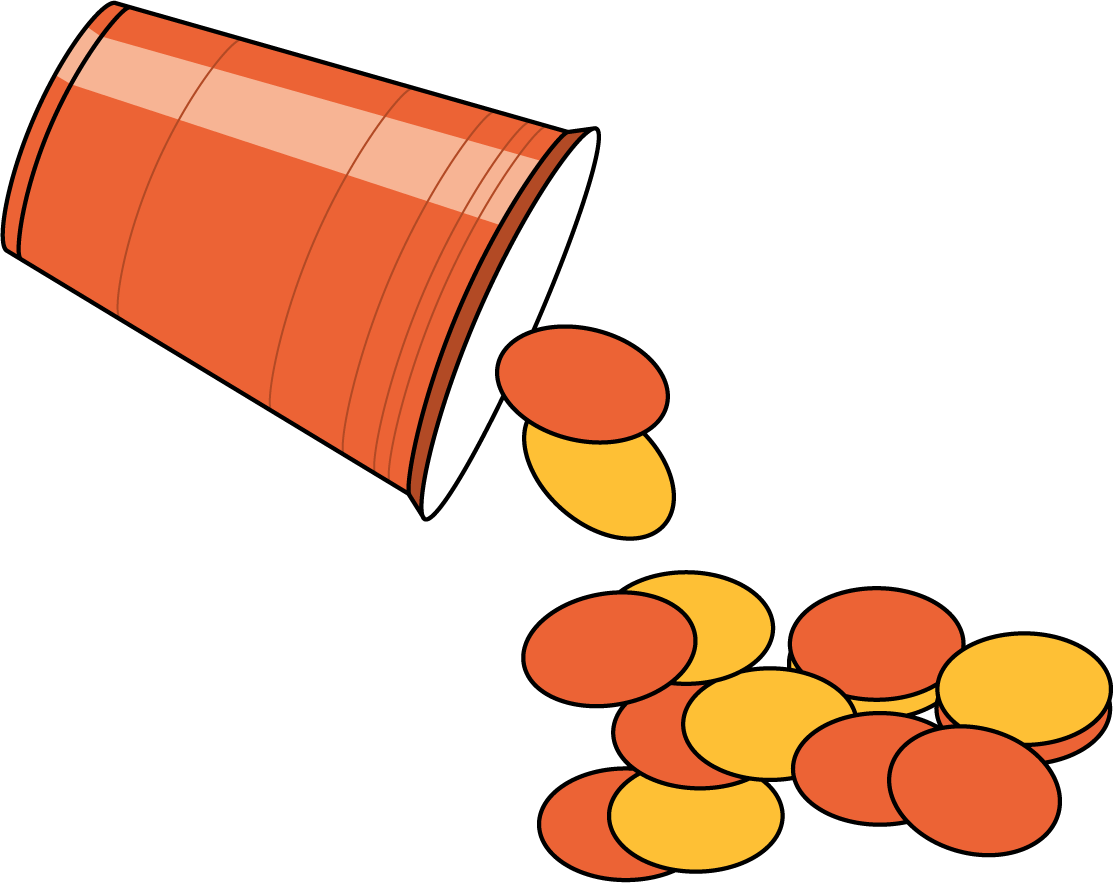
Math Stories
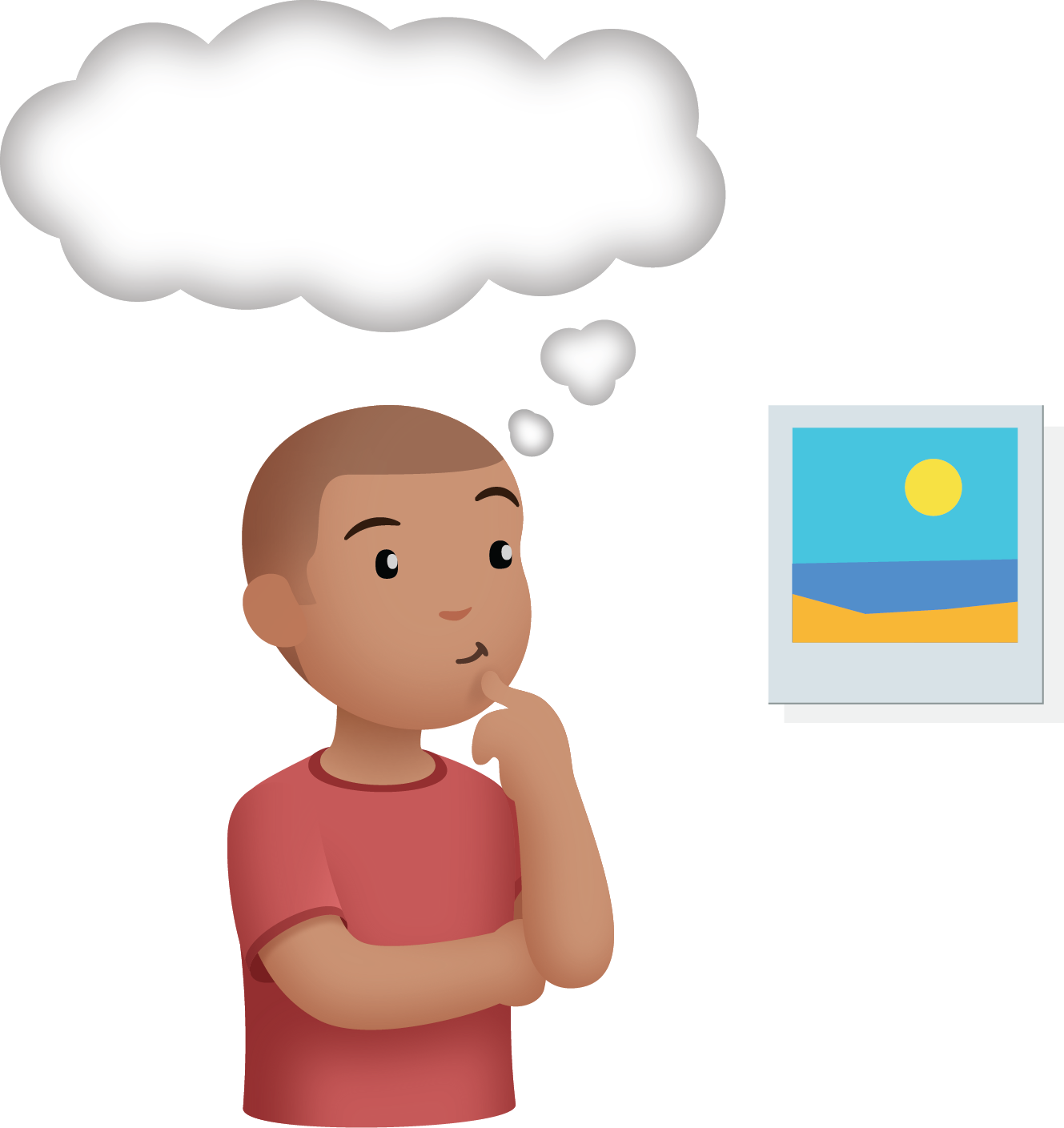
Number Race
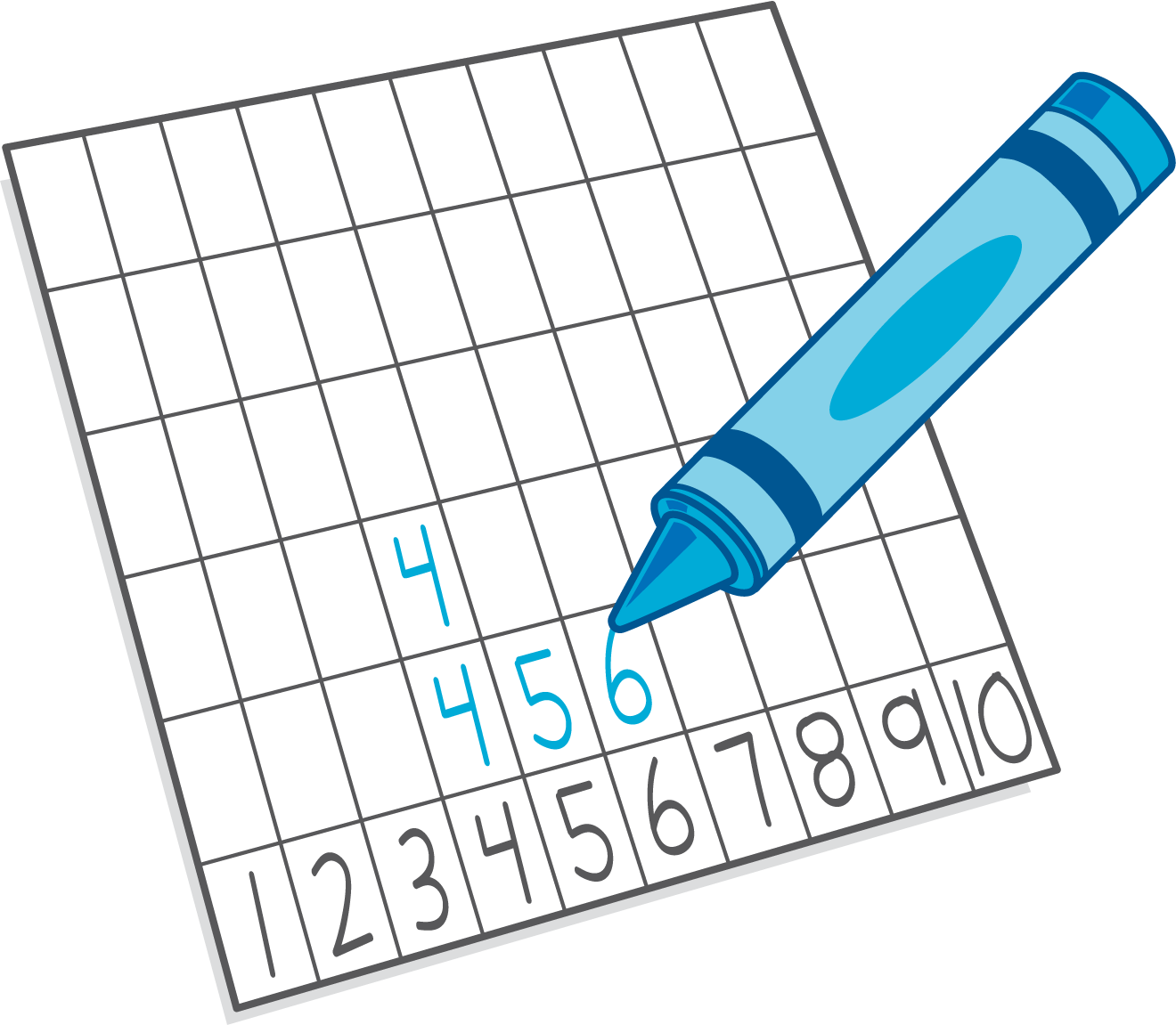
Activity Synthesis
- Write the number 4.
- “Elena colored in the number 4. What expression do you think was on her card?” (\(2 + 2\), \(5 - 1\), \(3 + 1\))
Lesson Synthesis
Lesson Synthesis
Write \(4 + 0\)
“How can we show this expression?” (We can draw 4 dots. We can hold up 4 fingers or take out 4 connecting cubes. We don’t need to add any more because 0 are added.)
Draw 4 circles.

“What expression can we use to show that we had 4 dots and we added 0?” (\(4 + 0\))
“If I add 1 dot, how many dots will I have? How do you know?” (5. Adding one gives you the next number. 5 is one more than 4.)
“What expression can we use to show that we had 4 dots and we added 1 more?” (\(4 + 1\))
Cool-down: Unit 4, Section C Checkpoint (0 minutes)
Cool-Down
For access, consult one of our IM Certified Partners.
Student Section Summary
Student Facing
In this section, we used numbers and symbols to show when things are added and when things are subtracted, or taken away.
We matched expressions to story problems and drawings.
\(8-6\)

\(2+1\)

We used our fingers, objects, and drawings to find the value of expressions.
\(4 + 2\)
